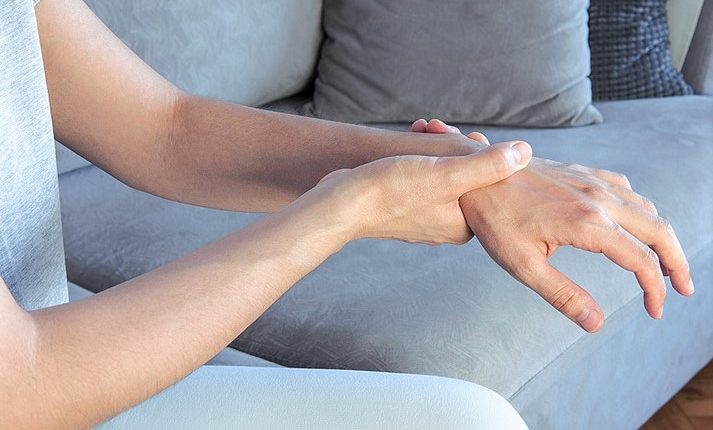
What Dupuytren's disease is and when surgery is needed
More than 30 million people worldwide suffer from Dupuytren’s disease, a hand condition that mainly affects men, with manifestations usually becoming apparent after the age of 50
What is Dupuytren’s disease
Dupuytren’s disease is a disease of the hand characterised by the appearance, on the palm of the hand, of nodules that can thicken over time until they take on the characteristic morphology of real cords.
These cords cause one or more finger joints to bend, generally the pinky and ring fingers being the most affected.
Patients with more severe manifestations have difficulty performing normal daily activities precisely because of the inability to open the hand fully.
The aetiology of Dupuytren’s disease is hereditary, although it is not yet clear why there can be such different clinical pictures among different members of a family.
Dupuytren’s disease: what are the symptoms?
In addition to the presence of nodules and chordae, the patient suffering from Dupuytren’s disease may complain of pain, itching, soreness in the palm of the hand, but also have difficulty gripping objects and performing simple daily activities, precisely because of the encumbrance caused by the presence of the palmar nodule.
The diagnosis of Dupuytren’s disease is based on a clinical examination of the pathological signs by the hand specialist and does not require any particular instrumental tests for diagnostic confirmation.
Dupuytren’s disease: when is surgery needed?
In Dupuytren’s disease, chordae can cause progressive, irreducible and permanent retraction of one or more finger joints, preventing full extension.
When the restriction of movement prevents normal daily activities, surgery is required to radically remove the cord.
The patient is asked to perform a simple test to assess the indication for surgery: he/she is asked to place his/her hand on the table: if the patient feels the entire surface of the table, there is no indication for surgery.
Otherwise, if the flexion of one or more fingers prevents full contact with the table surface, that is the time to intervene.
There are basically two types of intervention: in one case the procedure involves the radical removal of the pathological tissue with consequent stretching of the fingers: this is certainly a more invasive procedure, but one that allows long-term results.
In some cases, it is possible to perform only the interruption of the cord, by means of a puncture; in this way, by lengthening the cord, finger extension is obtained without having to use a scalpel.
Clearly this procedure, if it gives good results in terms of recovery of function and low invasiveness, predisposes to more frequent recurrences in a shorter period.
The operation is generally performed in Day Hospital with anaesthesia of the upper limb only. The post-operative period involves several dressings and a fairly demanding rehabilitation protocol, necessary to guarantee the effectiveness of the surgical treatment.
Finally, the use of braces, used only during the night, is always necessary.
Read Also:
Emergency Live Even More…Live: Download The New Free App Of Your Newspaper For IOS And Android
Arthrosis: What It Is And How To Treat It
Juvenile Idiopathic Arthritis: Study Of Oral Therapy With Tofacitinib By Gaslini Of Genoa
Rheumatic Diseases: Arthritis And Arthrosis, What Are The Differences?
Rheumatoid Arthritis: Symptoms, Diagnosis And Treatment
Joint Pain: Rheumatoid Arthritis Or Arthrosis?
Arthrosis: What It Is And How To Treat It
Hand Disorders: 10 Exercises And Remedies For Claw Fingers


